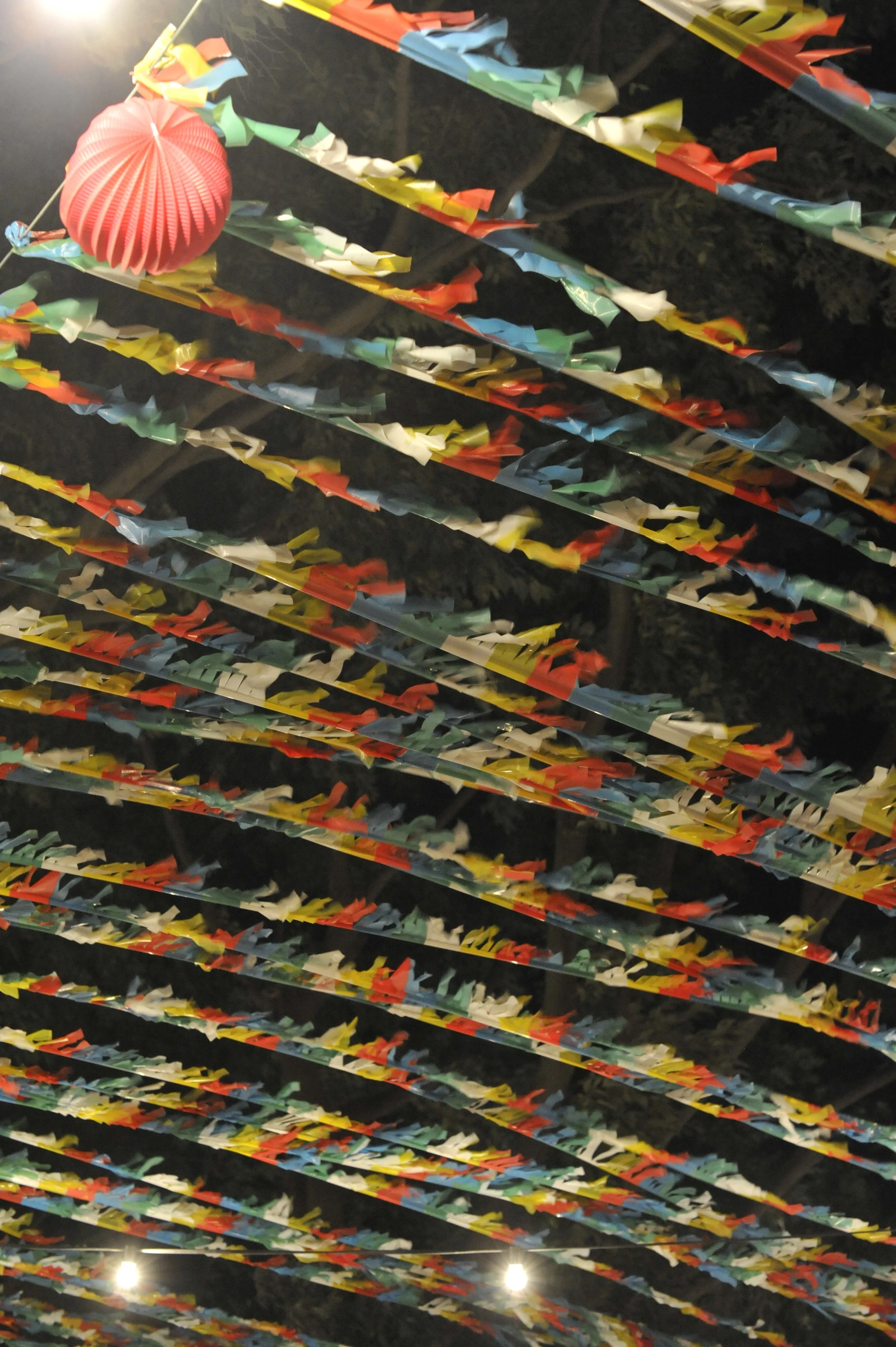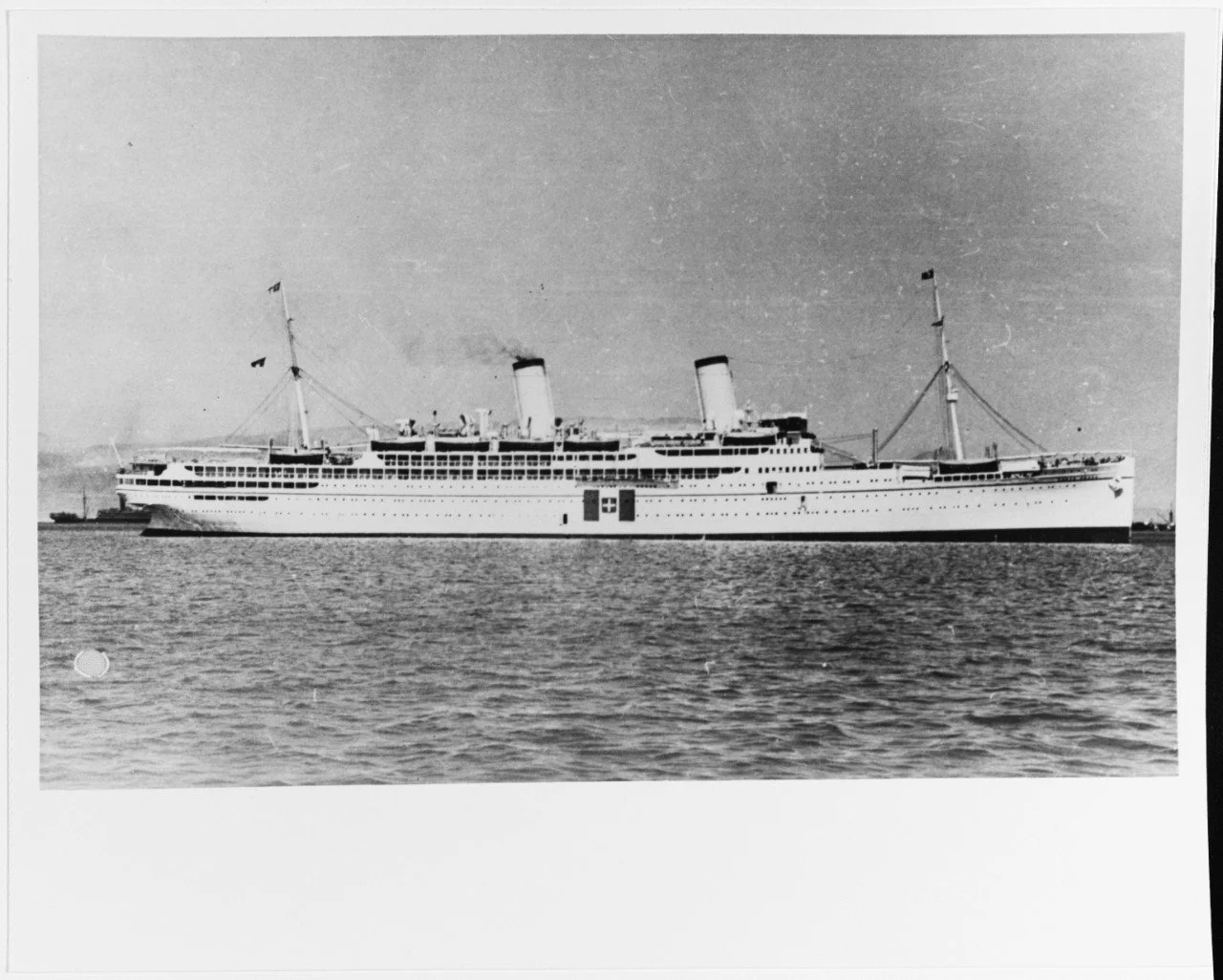Which refugees are welcome? How ‘hard’ legal status and ‘soft’ notions of belonging shape the reception of displaced populations
On 28 July 2022, a UK government press release thanked the public for their ‘generosity and goodwill’ after more than 100,000 Ukrainian refugees had been ‘welcomed’ into British homes via two dedicated visa schemes. In sharp contrast, during her inaugural address to Home Office staff in September 2022, Home Secretary Suella Braverman said that her top priority would be to stop all small boat crossings in the English Channel, despite evidence from the Refugee Council that 91% of people arriving after crossing the Channel came from just ten countries where human rights abuses and persecution are common.
The current debate might lead us to think that these different responses reflect the official status of the peoples in question – ‘bona fide refugees’ versus ‘illegal economic migrants’. And indeed, they are in part informed by ‘hard’ legal facts such as visa or passport status. But the act of deciding who deserves welcome in a country is also determined by ‘soft’ factors coalescing around nebulous ideas of ‘belonging’. In line with recent work by historians that pushes at the analytical category of refugee from different angles, our research into some of the major refugee-like ‘returns’ of citizens to Europe during decolonization shows just how complicated the politics of welcome and belonging could be, and highlights the role of ‘soft’ citizenship in the process.
The infamous invasion of Suez by British, French and Israeli forces in autumn 1956 precipitated a less-remembered event: the exodus of Anglo-Egyptians who found their status as British passport holders increasingly untenable in Nasser’s Egypt. Over the winter of 1956–7 roughly 7,000 arrived in Britain. Despite their UK citizenship, many had never actually been to the UK. Just under half were of Maltese origin, and a significant number were Jewish. Most spoke not English, but rather Spanish, Italian or Arabic.
How did the UK government deal with these British-but-not-British citizens? Its first instinct was to try and separate out ‘Anglo-Saxons’ and citizens of ‘Old Commonwealth’ on the one hand, and ‘Maltese’ on the other. Put crudely, its categorisation distinguished British subjects racialized as white from those deemed by civil servants to be ‘Mediterranean’ and/or Jewish. This carried material implications. The former were to be placed in temporary accommodation, then helped to ‘return’ to the UK and find employment. The latter – stateless Jews and the ‘southern races’ – would be held in camps in Cyprus until the government could find another state willing to accept them.
But, as is often the way with refugees, most did not wait for government assistance. They flew independently to London and freely entered the country, as UK passport holders. At this point the government was forced to accept the ‘hard’ fact of their citizenship. But what we do not see is their acceptance by the British public as either ‘properly’ British or as deserving of welcome – the ‘soft’ aspects of belonging and acceptance. The Hungarian refugees who had arrived in the UK just weeks earlier fleeing the Soviet invasion had been feted as heroes, and attracted unprecedented donations that funded their reception programme. But the Anglo-Egyptians’ resettlement was state-funded: partly an acknowledgement of their formal citizen status, but partly a reflection of how Britons viewed them unsympathetically as foreigners undeserving of support.
The complicated relationship between who was ‘really’ a citizen, who was entitled to state support, and who could expect a welcome from the public was not unique to the Anglo-Egyptians. When a brutal war of decolonisation ended in independence for Algeria in July 1962, almost the entire one-million-strong European settler community, the pieds-noirs, migrated to France. Also on the move were tens of thousands of harkis, Muslim Algerians who had served as auxiliaries in the French army and were consequently facing violent retribution. While the pieds-noirs were refugee-like in that many of them left the colony in fear and chaotic conditions and felt deeply unsettled by this experience, the ‘hard’ fact of their French citizenship – acquired over the course of the nineteenth century, over-riding the community’s diverse European origins – nonetheless granted them the unquestioned right to enter France. Once there, ‘hard’ citizenship underpinned unconditional access to unprecedented levels of state support to help them rebuild their lives.
Like all indigenous Algerians, harkis had been French citizens since 1958 and so should have been entitled to the same rights and assistance as the pieds-noirs. Instead, in the summer of 1962, the French state created a separate legal category – ‘French of North African origin’ – which removed their French citizenship and restricted their ability to leave Algeria. Those who were able to cross the Mediterranean to France were placed into camps where they were isolated from the mainstream population and subjected to intrusive control and surveillance. Justified as necessary to enable harkis to adjust to life in France, these measures made clear they were not seen as ‘returning citizens’ like the pieds-noirs. Instead, they were positioned as outsiders who did not ‘belong’, to use President Charles de Gaulle’s terminology, and only merited support as an exceptional act of charity, not because of any legal or moral obligation on the part of the state. Harkis could apply to (re)claim citizenship once in France, and the majority did, but the last camp did not close until 1974. The consequences of this initial treatment reverberated long after, the persistent gap between their ‘hard’ and ‘soft’ status negatively shaping the lives of harkis and their children.
In 1975, over half a million so-called retornados or returnees came to Portugal from the country’s crumbling African empire. They arrived in the midst of economic recession and the political turmoil of the Carnation Revolution. Most were white soldiers, administrators, engineers and settlers from Angola and Mozambique, fleeing Black majority rule and civil war in these newly-independent nations. Some of them came with their Black housemaids, servants, spouses and mixed-race children. The new arrivals also included Black Africans who had served in Portugal’s army, or Cape Verdeans who had worked as manual labourers or civil servants in different parts of the empire. Before decolonisation, all the above had held the imperial citizenship Portugal created in 1951. But a new citizenship law in 1975 redefined nationality in terms of descent or ethnicity, stripping most Black or mixed race-Africans of Portuguese citizenship.
Even for those returnees who continued to be Portuguese, ‘hard’ citizenship did not translate neatly into the ‘soft’ citizenship of unquestioned belonging to the imagined national community. Many returnees were viewed as threatening or undeserving strangers by resident Portuguese, including high-ranking officials, journalists, and politicians. Some used the returnees as scapegoats for their own bad conscience regarding Portugal’s colonial rule. Others associated them with flashy fashion, disturbingly progressive mores, or the spread of marijuana. All accepted the legal status and corresponding rights of their fellow migrant citizens, but many disputed the returnees’ social and cultural Portugueseness, treating them instead as ‘internal strangers’. White returnees could overcome this stigma in the long run and negotiate full inclusion into local communities. But Black and mixed-race Africans who had fled decolonisation for the same reasons, often on the same aeroplanes, were more durably excluded from Portugueseness. This was true even for those few who were not stateless persons or refugees, but instead could maintain ‘hard’ Portuguese citizenship.
Collectively these three case studies expose the messy reality behind the seemingly clear-cut status of being a British, French or Portuguese citizen when decolonisation forced them into a refugee-like situation. They demonstrate how supposedly ‘hard’ legal categories could be manipulated and differentially applied by governments, to sort individuals who should have been indistinguishable in terms of their rights into groups considered more or less desirable by the state, and more or less supported as a result. There is often a significant gap between the official or ‘hard’ status of someone fleeing, and the rights and benefits which stem from that, and their actual reception which is determined by a broader range of ‘soft’ factors linked to notions of ‘belonging’ (or not). As these and countless other examples demonstrate, the ‘welcome’ afforded to any one migrant group – be they citizens, refugees or simply ‘refugee-like’ – is far from predictable.
The header image is a view upwards through many lines of colourful bunting, illuminated from below by electric lightbulbs. The trunk and branches of a tree are visible rising in the darkness beyond them. © Christoph Kalter



